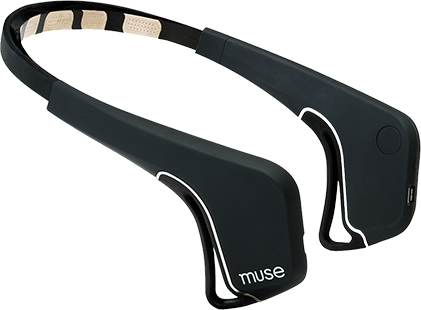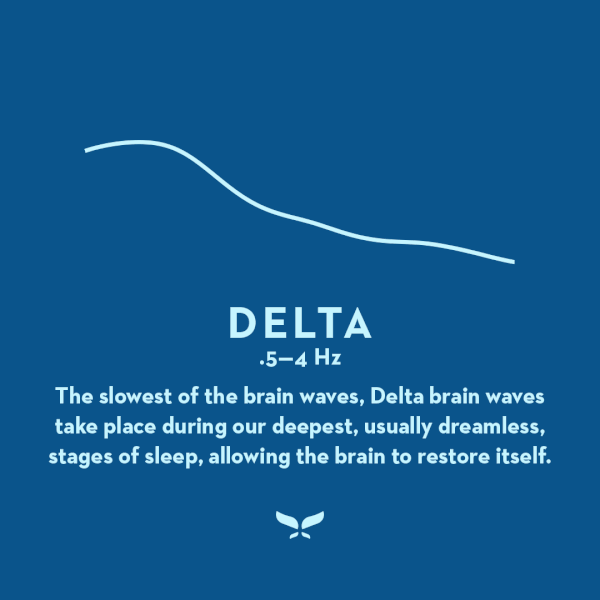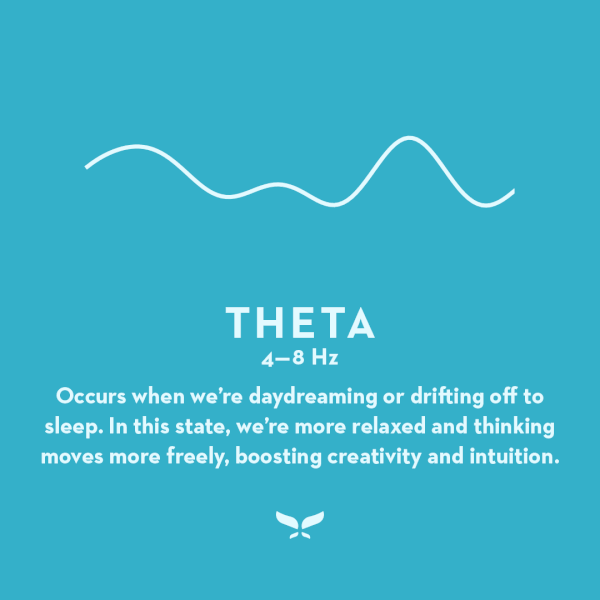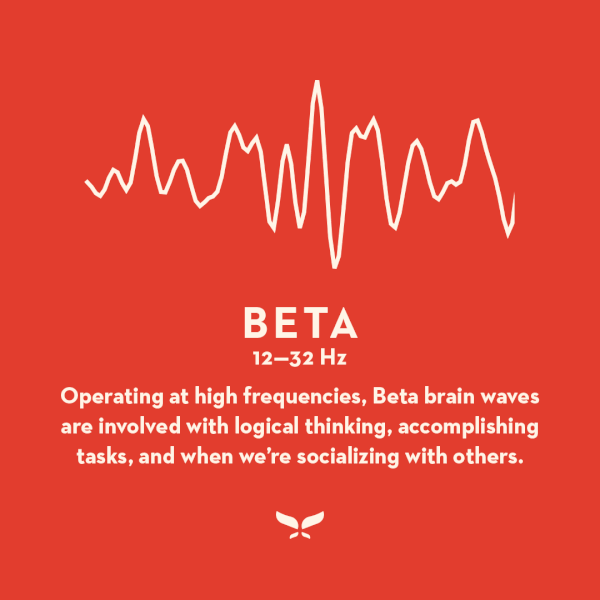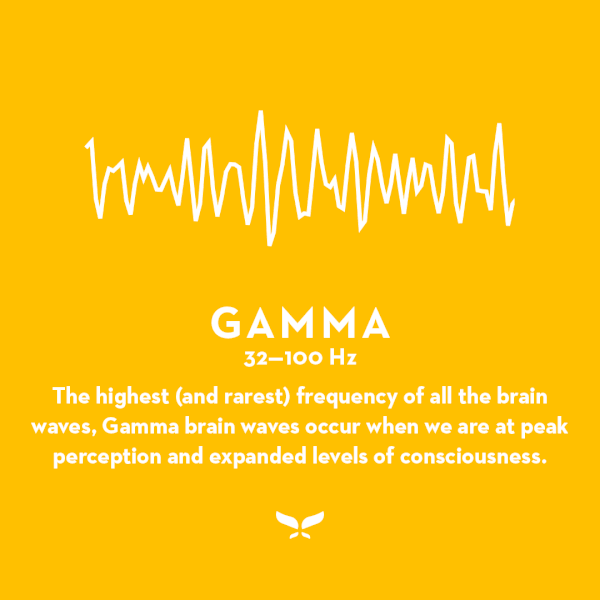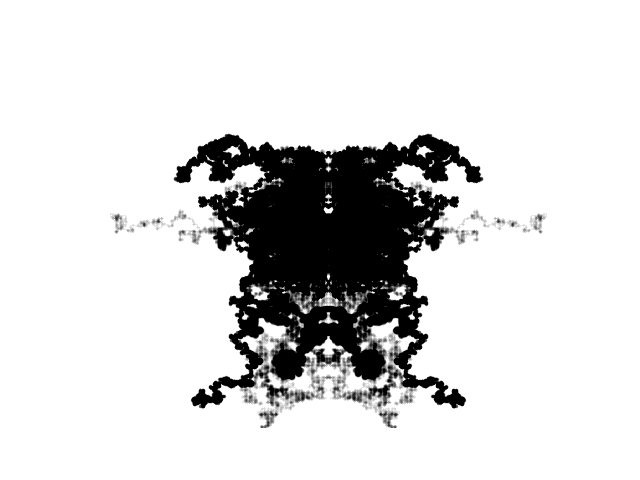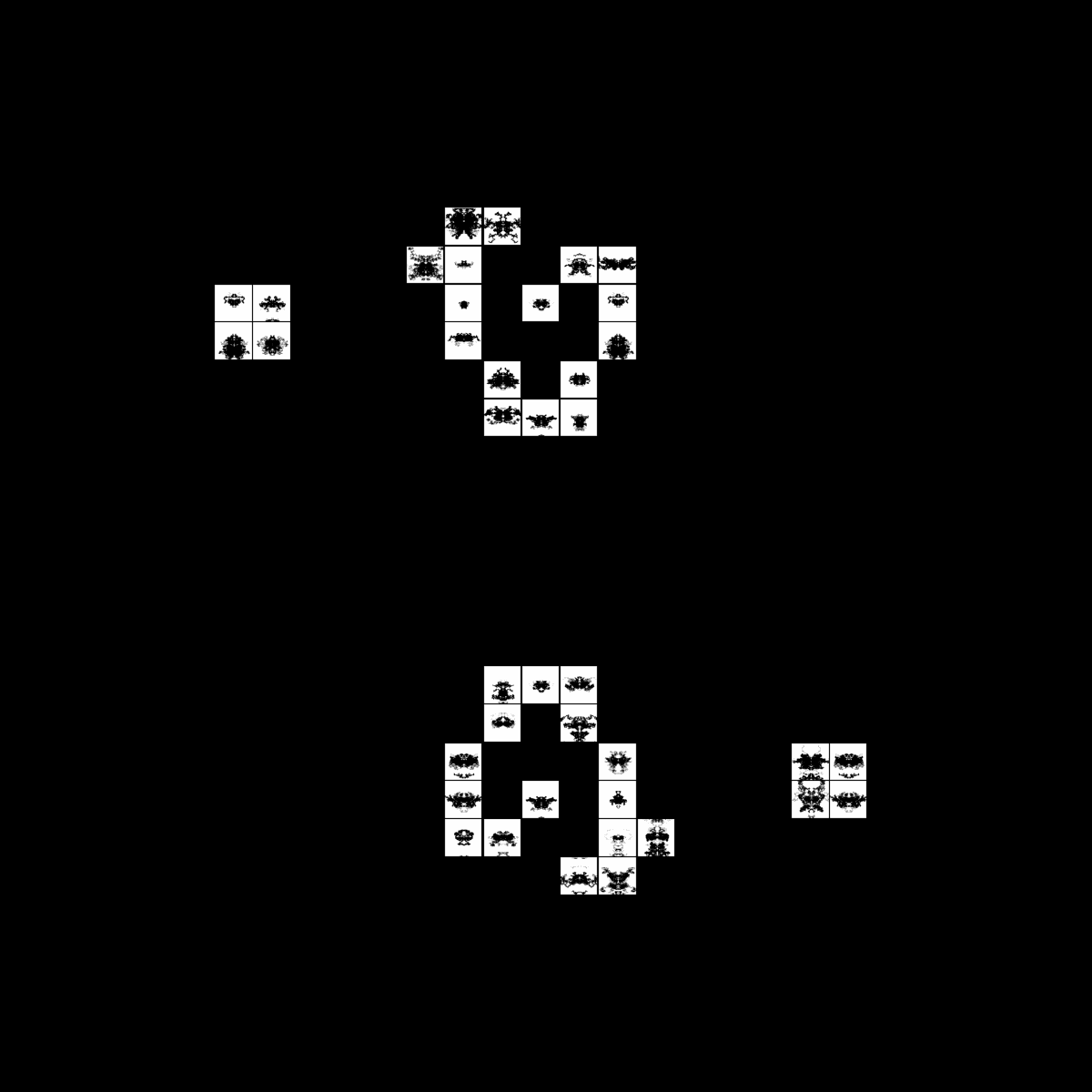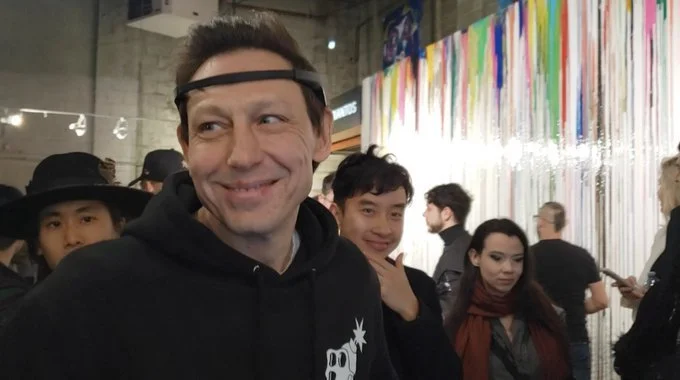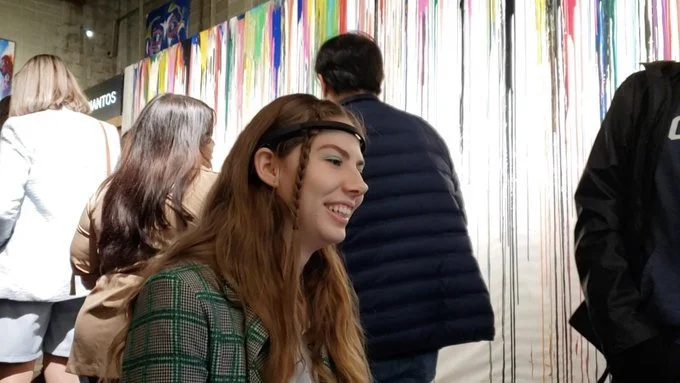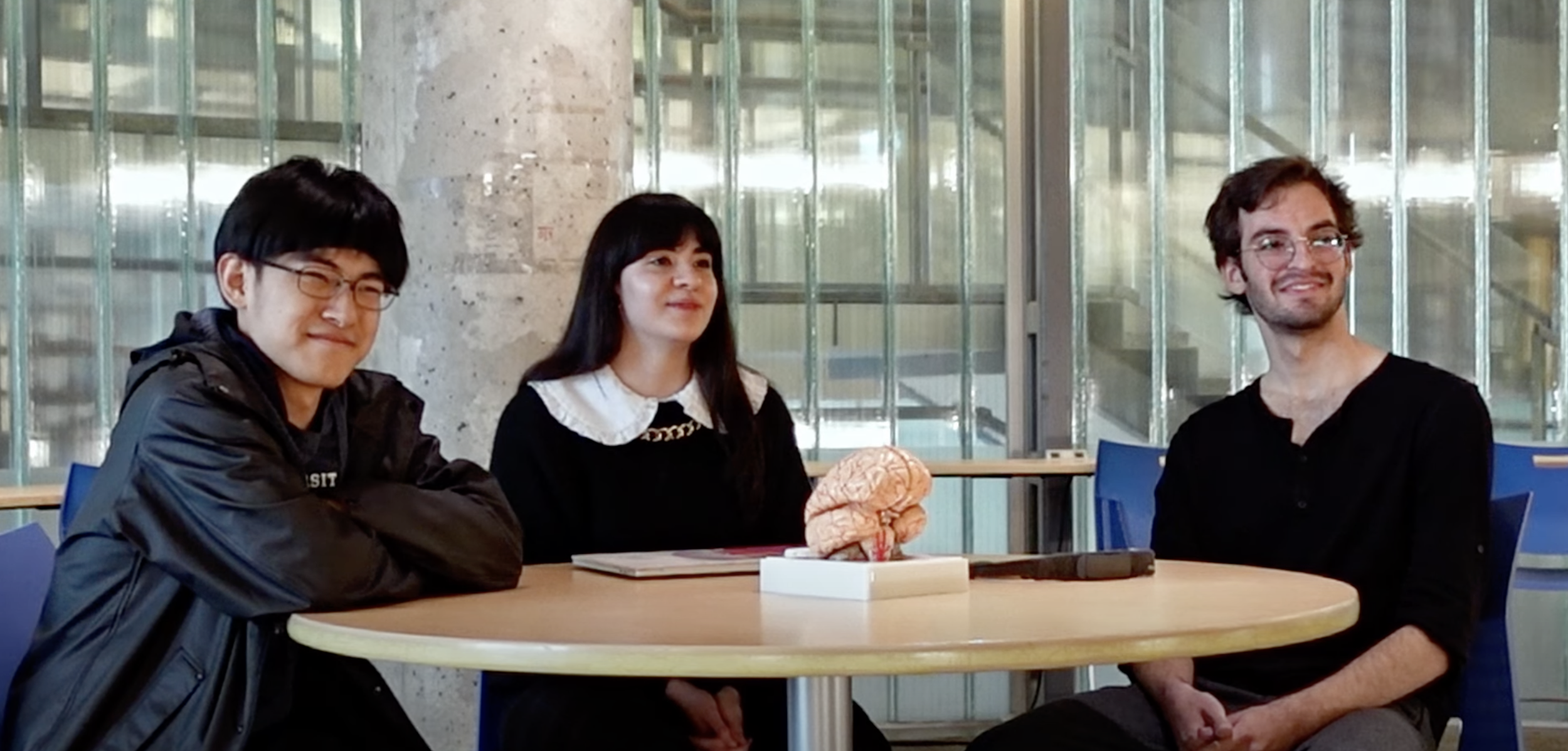BrainBlots Hivemind
brain computer interface | biofeedback | wellbeing | art | web3
World's 1st Neurotechnology Times Square Billboard Art Piece
World's 1st Neurotechnology Times Square Billboard Art Piece
roles: co-founder | lead artist | EEG researcher | creative technologist | PR
A BrainBlot
“When you stare into your mind, the mind stares back at you.”
What's the neuroscience magic behind BrainBlots?
Powered by the Muse 2’s EEG (electroencephalography) technology, the BrainBlot's pixels draw a unique rorschach-inspired inkblot straight from your brainwaves. There are 5 main types of brainwaves and each have their own functions. A BrainBlot's shape depends on the frequency (Hz) synergy between these brainwaves, namely Alpha for calmness and Beta for engaged thinking. This neurophysiological uniqueness reflects in each person's thoughts, especially when they think about something they love. These brainwave snapshots are then imprinted into the blockchain through a non-fungible token which later gets simulated into the Conway’s Game of Life Algorithm with a collective HiveMind (more details below)!
Interaxon Muse 2: The Brain Sensing Headband
“We must see that music theory is not only about music, but about how people process it. To understand any art, we must look below its surface into the psychological details of its creation and absorption.”
What happens to the BrainBlots after they are created?
They get added to a HiveMind! Each person’s custom BrainBlot is included in a simulated world run by algorithms that integrate their collective thoughts in a “hivemind”. This HiveMind is based on Conway’s Game of Life, a cellular automaton. It is a network whose evolution is determined by its initial state or in this case, each person’s thoughts. In this generation of HiveMinds, they range from 50 to 100 people’s thoughts about love. After being initialized into this infinite, two-dimensional orthogonal grid of square cells, each BrainBlot can exist in one of two possible states, alive or dead. Resembling the live exchange of social interactions in the real world, every thought interacts with its eight neighbours (containing other people’s thoughts) in the HiveMind. These BrainBlot interactions range through horizontal, vertical, or diagonally adjacent connections. This cellular automaton is an analogy to life where humans can share their thoughts about love, except it’s in a digital universe run by the following “socializing” rules:
Beluchenko's P40 HiveMind: A Conway’s Game of Life Algorithm made of 100 BrainBlots
“1. Any alive thought with two or three alive neighbours survives.
2. Any dead thought with three alive neighbours becomes an alive thought.
3. All other alive thoughts die in the next generation. Similarly, all other dead thoughts stay dead.”
Milestones
200+ Brains Recorded
We have recorded and made EEG brain art in events hosted by Nuit Blanche, Crybaby Gallery, Stackt Gallery, Vizmesh Gallery, MIT iHQ (Innovation Headquarters), and Goat Studio.
World’s 1st mind-controlled art piece on a Times Square Billboard
BrainBlots was a featured artist in Vizmesh Gallery and showcased as the world's first neurotechnology art piece in Times Square's largest 14,000 sqft "Digital Godzilla" billboard during NFT NYC 2022. Vizmesh is a blockchain-based NFT art gallery which is decentrally owned and curated.
BrainBlots HiveMind [pictured in black and white] on a Times Square BillBoard!
The Process and Behind-the-Scenes
Who are we?
We are three neuroscience x computer science students at the University of Toronto who use neurotechnology to create generative art meaningful to each person's brain. We believe art is the highest form of hope and that neurotechnology might be the only way we survive the AI singularity. As a result, we aimed to intersect neurotechnology with interactive computer graphic art to evolve the next wave of touchless technologies driven by the web3 ecosystem and brain health directly.
BrainBlots Team [left to right]: Andrew Zhang, Yasmeen Hmaidan, Ali Eren Kaya


